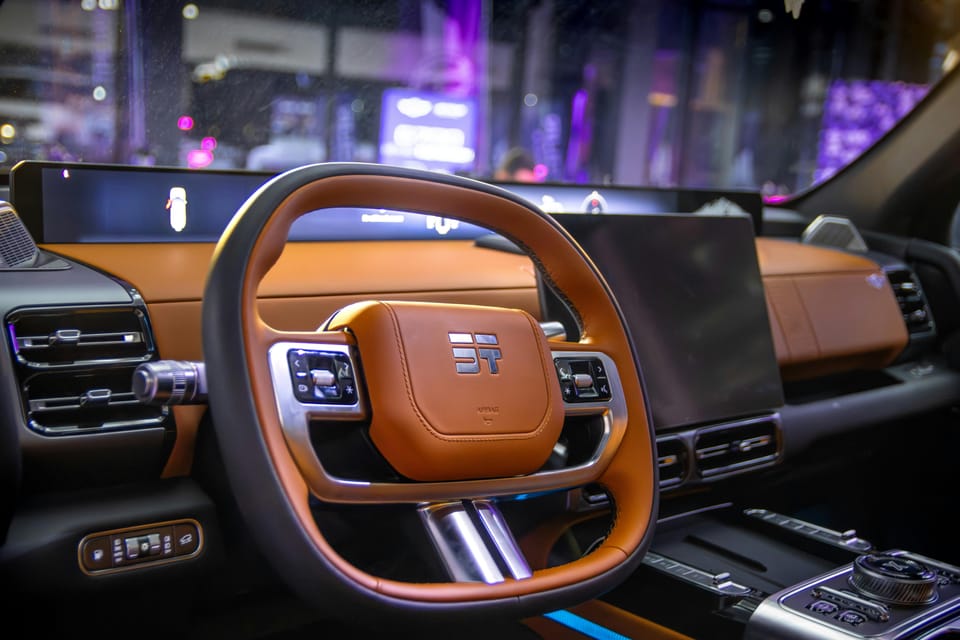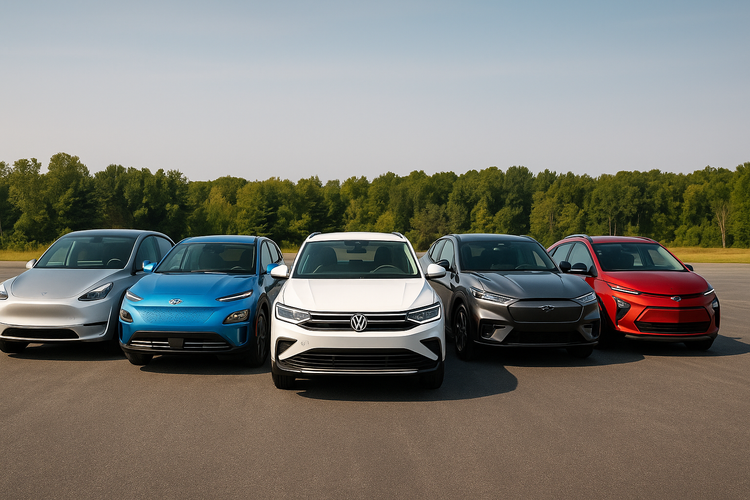The Evolution of Electric SUVs: Range, Performance & Market Leaders in 2025

The sport‑utility segment has become the vanguard of the electric‑vehicle revolution. In 2025 electric SUVs offer something for everyone, from compact crossovers to three‑row family haulers. Improvements in battery chemistry have boosted average real‑world range from around 250 kilometres just a few years ago to roughly 470 kilometres, with flagship models exceeding 600 kilometres on a single charge. Fast‑charging speeds are up as well: most new electric SUVs can add 200 kilometres of range in 20 minutes on a 350 kW DC charger.
This year’s line‑up showcases the diversity of the market. Tesla’s Model Y remains the global sales leader thanks to its efficiency, Supercharger network and continuous software updates. Kia’s EV9 has captured attention with three rows of seating and a 480 kilometre range at a more accessible price point. Ford’s Mustang Mach‑E gets a refresh with improved battery capacity and an available performance GT trim. Hyundai’s Ioniq 5 and Ioniq 7 pair retro‑futuristic styling with ultra‑fast 800‑volt charging. Luxury brands are also vying for market share: Mercedes‑Benz’s EQE SUV adds optional third‑row seating, while BMW’s iX and Audi’s Q8 e‑tron offer premium cabins and advanced driver‑assistance features.
Consumers have more choice than ever, but they must navigate varying charging standards, battery warranties and performance characteristics. Range can vary significantly depending on driving style and climate, so real‑world efficiency remains an important metric. Many manufacturers include heat pumps and battery‑preconditioning to maintain performance in cold weather. Some SUVs are available with dual‑motor all‑wheel drive for better traction at the cost of a slight range penalty. Buyers should also consider software support, as over‑the‑air updates can unlock new features and improve efficiency over time.
Looking ahead, solid‑state batteries and lightweight materials promise further gains in range and charging speed. Automakers are investing heavily in local battery production to take advantage of government incentives and avoid supply‑chain disruptions. As charging infrastructure expands and prices continue to fall, electric SUVs are poised to overtake their gasoline counterparts in key markets by the end of the decade. For drivers seeking versatility without tail‑pipe emissions, 2025 offers more compelling options than ever before.
